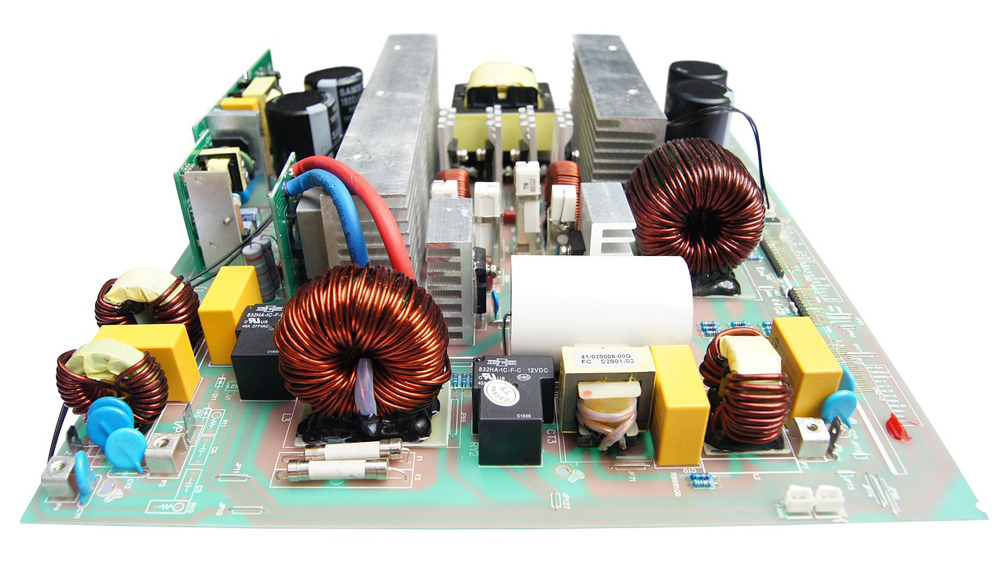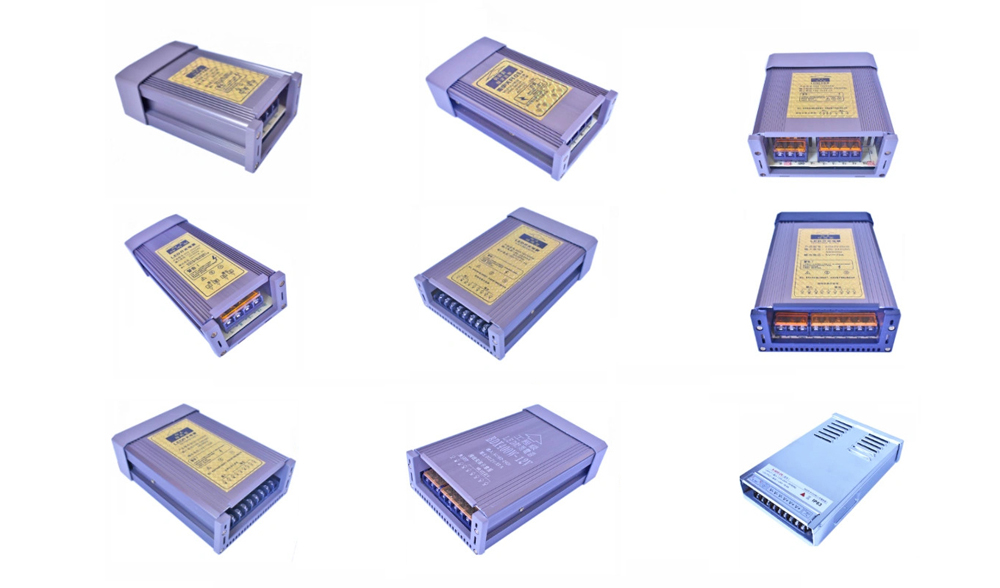A switching power supply (SMPS) is a widely used and, at times, essential device. Its role is to transform an unsuitable voltage into a suitable one that is necessary for a particular application. Often, the unsuitable voltage, such as the mains, is higher, while the required lower voltage is typically 12 or 24V DC.
A switching power supply helps:
- Offer isolation to maintain a clear separation between low-voltage equipment and the higher mains voltage.
- Stabilize the output voltage, ensuring its constancy, regardless of fluctuations in the mains supply voltage.
- Maintain control over the output current, thereby helping to avert potential damage to the power supply and other connected equipment resulting from short circuits.

Difference between a Switching Power Supply and a Linear Power Supply
Switching Power Supply
A switching power supply (SMPS) employs rapid high-frequency switching, typically at rates of 40kHz or more per second, to transmit power through the transformer. This high-frequency switching allows for the delivery of the same power from a significantly smaller and lighter power supply. The on-off switching mechanism, combined with the utilization of high-performance ferrite transformers, results in a switching power supply being considerably more efficient than a conventional linear power supply.
Linear Power Supply
In the core of a conventional linear power supply lies a laminated iron transformer. This transformer functions at the mains frequency of 50 Hz, converting the mains sine wave into a low voltage sine wave (hence the ‘Linear’ designation). The lower operational frequency necessitates the transfer of more power per mains cycle to achieve the desired output. Consequently, the transformer must be relatively large and heavy. The laminated iron core also incurs higher operational losses, which, in addition to being inefficient, results in the generation of undesired heat.
For more difference between them, please go to out blog: Difference between a Switching Power Supply and a Linear Power Supply
Reasons for Using a Switching Power Supply
A switching power supply is employed to provide power to low-voltage devices in both industrial and residential settings. In an increasingly modernized landscape, numerous devices demand a low-voltage power supply, even if they ultimately control mains or high-voltage systems. Power supplies streamline the process of ensuring safety isolation in wet or contaminated environments.
Therefore, in numerous situations, it is highly practical to employ extra low voltage relays and timers for all control functions, even when the equipment being managed operates on mains voltage. For instance, this approach is often taken in scenarios such as controlling the pumping, dosing, and heating systems of a swimming pool.

Why Choose Power1986’ Switching Power Supplies?
Reliable
Every power supply undergoes a thorough battery of tests prior to departing our manufacturing facility. This stringent quality assurance process is our assurance that you can have complete confidence in our products. Switching power supplies from Power1986 are equipped with safeguards to prevent overloading and short-circuiting.
Great Performance
Power1986’s switching power supplies are engineered to deliver exceptional performance characterized by high efficiency and minimal energy consumption.
Configurable
The power supply’s output can be fine-tuned to align with the specific demands of the application.
Visit Power1986 today and browse our Switching Power Supplies. We are your trusted technical supplier offering an extensive catalog of high quality products at competitive pricing level. You can also purchase other charging products include Car Battery Chargers, eBike Scooter Chargers and DC-AC Power Inverters.
